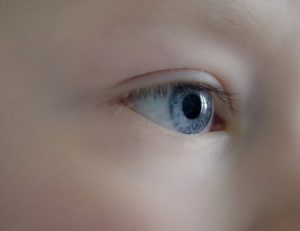Several clinical trials have shown how the body growth can affect the correct morphology and function of certain organs during childhood. In fact, premature babies or those with a lower than average body weight have a higher risk of developing certain ocular alterations including: a rvisual acuitya large number of refractive defects, one shallower front chamber e/o morphological changes in the retina. However, although these findings have been confirmed during childhood, to date, there are no data demonstrating that these alterations may then persist during adolescence or adulthood.
A study recently published in PlosOne highlighted a correlation between body weight at birth and corneal power in adolescents aged 12 to 15 years. In particular, the data collected by the National Health and Nutrition Examination Survey (NHANES) over a period from 1999 to 2008, they examined body weight at na correlated with certain ophthalmic parameters including visual acuity and refractive defects. The results showed that a body weight of 2.5 kg was associated with 0.70 dioptres more in corneal power when compared to a 'normal' weight (between 2.5 kg and 4.1 kg); whereas a weight over 4.1 kg was correlated with 0.24 dioptres less. No correlation, however, was found between birth weight, visual acuity and refractive defects.
correlated with certain ophthalmic parameters including visual acuity and refractive defects. The results showed that a body weight of 2.5 kg was associated with 0.70 dioptres more in corneal power when compared to a 'normal' weight (between 2.5 kg and 4.1 kg); whereas a weight over 4.1 kg was correlated with 0.24 dioptres less. No correlation, however, was found between birth weight, visual acuity and refractive defects.
Therefore, the results of this research revealed a inversely proportional relationship between birth weight and corneal power and, in particular, that low body weight at birth influences corneal configuration and leads to an increase in power; while data on the lack of association between the low body weight, visual acuity and refractive defects in adolescents confirmed how this correlation is only present during childhood.
Bibliography
-Achim Fieb. et al. Association of birth weight with corneal power in early adolescence: Results from the National Health and Nutrition Examination Survey (NHANES) 1999-2008. PLOS ONE, 2017.
Dr. Carmelo Chines
Direttore responsabile
